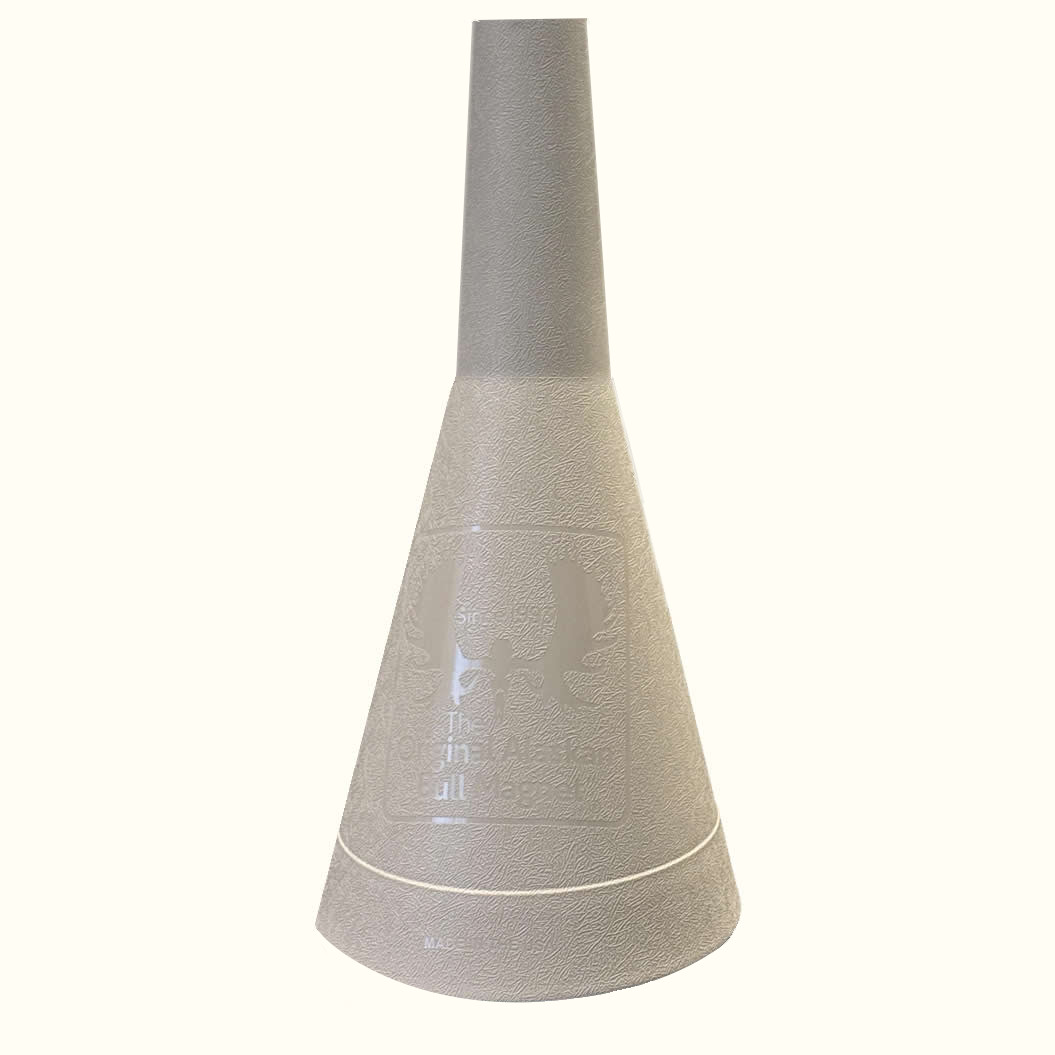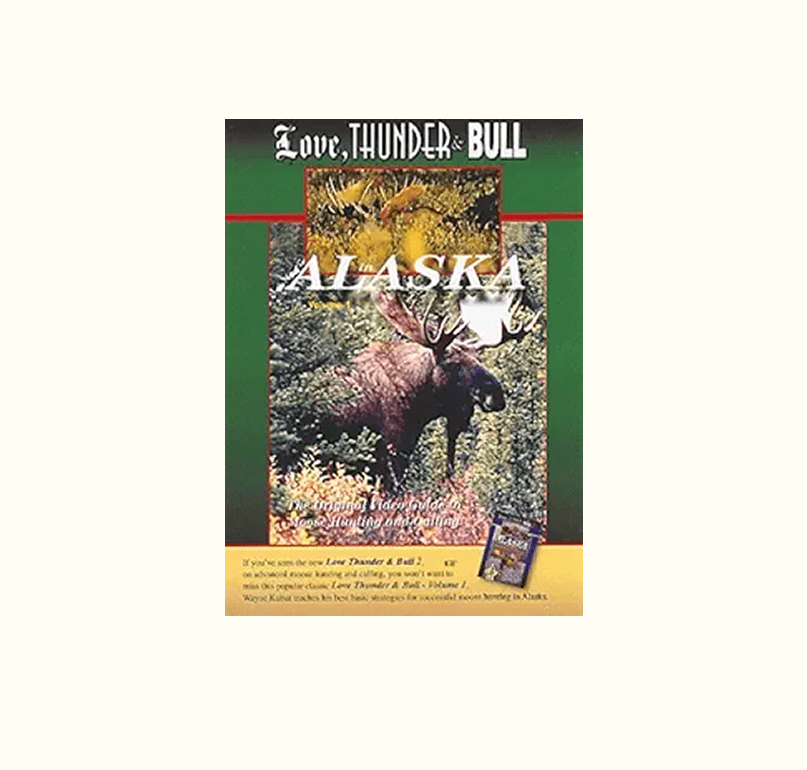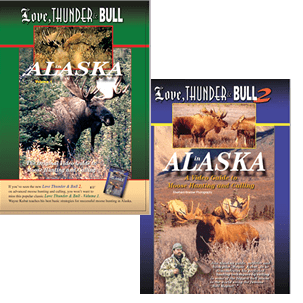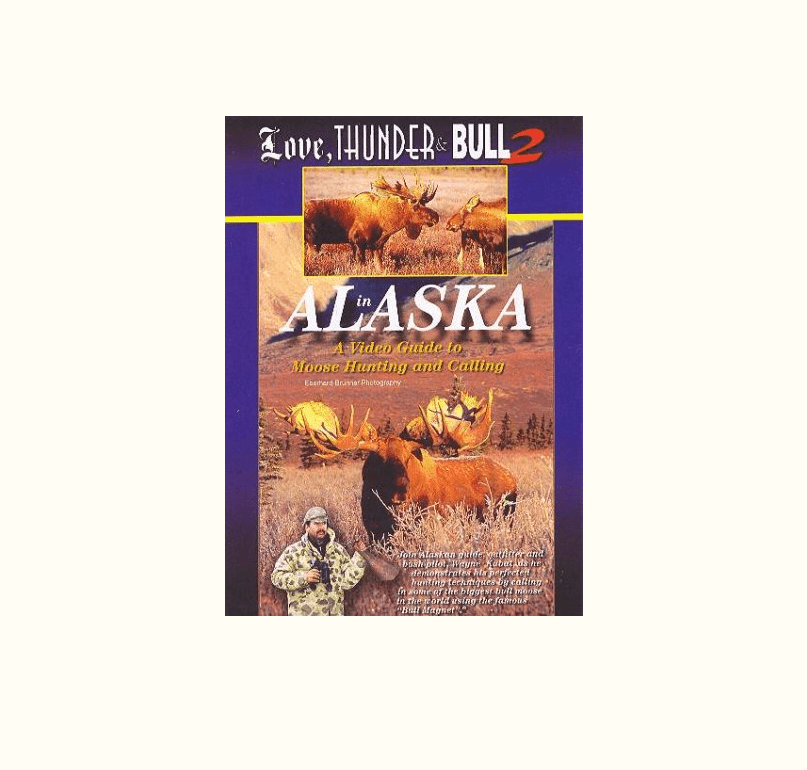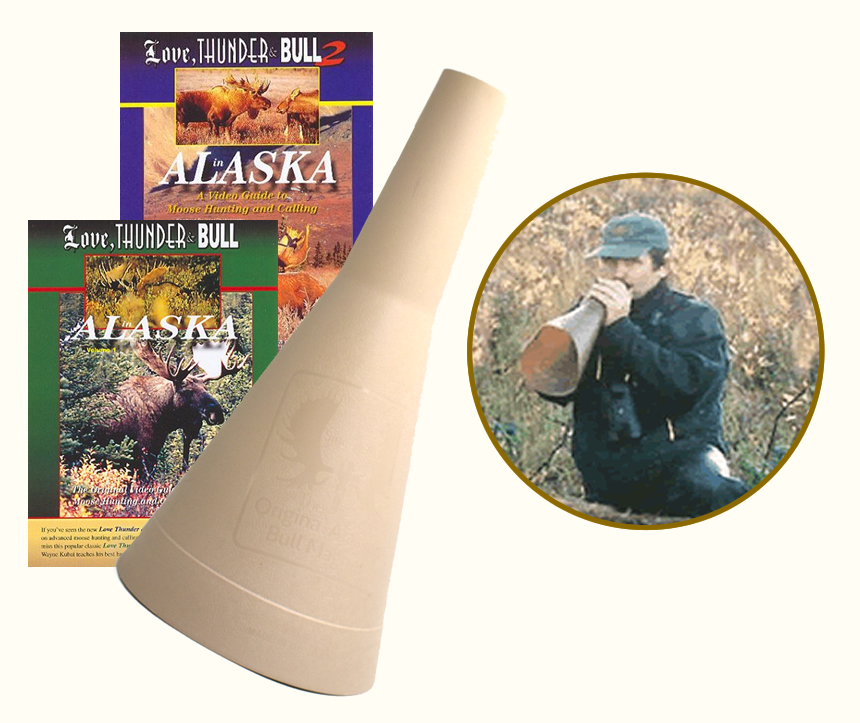Alaska Master Guide and Pilot, Wayne Kubat has been professionally guiding Moose Hunts since 1981, and hunting Moose for most of his life. He also has served on the board of several Alaska Hunting Organizations and been involved the hunting industry at many levels. As an Alaska Sole Concessionaire, Wayne has a deep understanding of the habits of Moose.
This exceptional level of expertise and experience is apparent both in the quality of his guided hunts (AlaskaRemote.com) and the development of the popular Bull Magnet, a staple in many Big Game Hunter’s Gear bag.
If you are interested in a REAL Alaska Moose, Bear or Predator Hunt, visit AlaskaRemote.com and get in touch with Wayne to start making your plans!
Wayne has developed an excellent reputation and rapport with hunters, worldwide. With a goal of assisting hunters toward successful hunts, he has developed a 5 Step Plan for attracting Moose. This method is so successful that hunters have credited Wayne’s tactics and the Bull Magnet for their own success. Whether you are filling the freezer or hunting Trophy Moose, Wayne’s 5 Step Plan will give you the best chance at taking the Moose of your choice.
Wayne Kubat’s 5 Step Plan for Attracting Moose
The videos on this page will walk you through Wayne’s 5 Step Plan for attracting Moose, using the Bull Magnet Moose Call.
Wayne also has written the detailed tutorial below, complete with stories and tips, for Early Season Moose Hunting and Calling Strategies. Enjoy!
“I’m going to stick pretty much to early season moose hunting strategies in this discussion, because most strategies that work well early in the season, will work even better later in the season.
Most general moose seasons in Alaska run during the month of September. Some start in late August and some go into October and beyond. And some are pretty darn short.
The moose mating cycle or rut, starts slowly in late August when bulls start rubbing their new antlers against small trees and brush to scrape off the velvet.
The peak of the rut, defined as the period of time when most of the actual breeding takes place, usually occurs during the last two weeks of September and more specifically during the last couple days of September.
Many, maybe even most hunters feel that the rut is the best and pretty much the only time to hunt moose. However, over time, I’ve developed some hunting and calling strategies that work pretty good during the early season as well.
In fact, I think that early and mid-September hunts can often be better than late September, because fewer cows are in heat and the bulls have to travel more in search of them. Later in September, many of the big bulls have their own harems and don’t move much because the cows often travel to them. But certainly moose behavior can vary in different areas of Alaska.
We have called in many big bulls from 2-3 miles and beyond, on or before September first, with just “thrashing” sounds. Bulls are mostly curious at this time, but will still travel far to check out future competition.
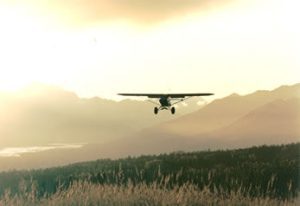
Several years ago on August 28th, I was flying hunters into camp on a gravel bar in western Alaska. Opening day was September 1st.
Across the river and 3 miles from camp, I flew past a big bull that was destroying a bush” while scraping off the last of his velvet. Since it was so early in the season, I figured he wouldn’t move much and we could go up there opening day and would have 10 days to pack him out.
My guys went out 300 yards from camp that same afternoon with an ax, to cut some firewood for camp. That bull came to the exact spot that they chopped wood, 30 minutes before dark that same day.
And I can tell many similar stories.
When thrashing, the goal is to sound like bulls scraping off their velvet or fighting each other over cows. I like to find a dry spruce tree and snap twigs. I like to break branches that are 2-3 inches in diameter that make a loud crack. Often, like in the story I just told, we’ll actually chop a dead tree down with a wood handled axe. We also rake our Bull Magnets® against tree trunks and brush.
I usually do a 20-30 minute thrashing session shortly after sun rise and maybe again about 10:30 or so. I usually do another during mid-afternoon and again an hour or two before dark. When possible, I pick a lookout location about 100 yards or so from where I thrash and call from, and then return to my lookout location to watch between each calling routine.
Big bulls can hear very well – all that bone on their head helps draw in sound much like cupping your hand to your ear. Regardless of how quiet you think you are, they will still hear you and will usually hang up and /or try to circle downwind while still several yards out from where you are waiting.
But if we are watching from a distance, they often come to the exact spot we called from. This strategy also gives hunters more time to judge an animal and to get set up for a good shot.
Most responses to calling, even during the peak of rut, takes a few hours and often a day or two. Early mornings and late evenings are usually best, but we have had very good luck at mid-day too – and often at high noon.
Moose can exactly pin point your location and will investigate on their own time schedule. Often times, even during peak rut, bulls will bed at very first light, and while they hear your calls, they won’t investigate until their mid-day stretch and snack.
Story #2 – Early in my career, I had one camp that we usually ran two to 3 hunts from. Our standard operating procedure, was to get up early for breakfast and then head out to our different call locations at the very first hint of light. We would call 20-30 min, then retreat to our lookout and repeat that routine again about 10:00. About 11:00 or so we would head back to camp for lunch and to take a snooze, then head back out in the afternoon about 3:00 to 4:00, to hunt until evening.
I had one good friend that was a school teacher, that guided one hunt for me every year. Lenny never took naps but instead sat in his lookout while the rest of us were resting. His clients killed big bulls 3 years in a row – almost at high noon, while the rest of us were sleeping. Since then, I always try to keep someone on watch as much as possible, even during the middle of the day. And we have taken a lot of “middle of the day bulls” by doing so.
A couple of tips:
1. If you’ve done your thrashing and or calling and are in your lookout, and you hear and or see a bull coming, unless darkness is rapidly approaching, or there is some other reason that you need to hurry, my recommendation is to stay silent and let him keep coming. If you call or thrash back, he will pin point your exact spot and will try to stay in the brush and go around and try to catch your wind.
2. I mentioned flashing earlier. When humans confront each other, we often shake our fist or flip each other the bird. I refer to the Bull moose version of this as “flashing”. Bulls beat the crap out of each other and are often seriously injured, sometimes mortally while competing for female friendship. Bulls shake their heads, grunt, drool, and wave their antlers back and forth while approaching other bulls prior to going to battle. If you have to hurry things along for some reason, flashing and waving your bull magnet back and forth, can often be an effective technique in conjunction with thrashing and bull grunts, to help provoke a bull to approach closer and faster. I’ve even put white garbage bags on my arms and waved them like antlers.
3, One final tip / The long cow call: So if we are out hunting and we jump and spook a bull, if we blow a stalk, or if an approaching bull winds us and is leaving, my favorite “Hail Mary Play” is to belt out a loud, long wavering cow call through my Bull Magnet. I try to keep it going for a minute or more if I can. More often than not, a fleeing bull will stop and take another look.
Last Story – Several years ago on Sept. 1st, I was following 200 feet behind my guide and his hunter with a video camera. We were walking along the edge of a swamp on a hot sunny day about 4 PM. Suddenly my guide and his hunter crouched down. My guide was pointing towards the woods, and the hunter had his gun to his shoulder, but couldn’t find the bull in his scope. He had the power cranked up too high. This went on for 5 minutes before the bull turned and ran into the woods. My guide started doing some pretty loud and serious cussing. I did a couple of bull grunts, and when that didn’t work, I did a long wavering cow call. The bull turned and stepped out into a swamp and the hunter shot him. My guide was in disbelief.
A week later, he had a client miss a 100 yard standing broad side shot, and the bull was running away at full speed. My guide did a long cow call, and the bull stopped and the hunter hit him at 200 yards. That happened again with a 3rd client a week later. My guide became a firm believer in trying a long cow call as a last-ditch effort on a bull that is leaving.
Good luck moose hunting! ~Wayne Kubat
Check out AlaskaRemote.com or give me a call about that Alaska Hunt you’ve been dreaming about!
-
BULL MAGNET® Moose Call
$68.00 -
Love, Thunder & Bull 1 DVD
$16.00 -
Love, Thunder & Bull 1 & 2 DVD Combo
$37.00 -
Love, Thunder & Bull 2 DVD
$25.00 -
LTB 1&2 DVD + Bull Magnet® Combo
$95.00

